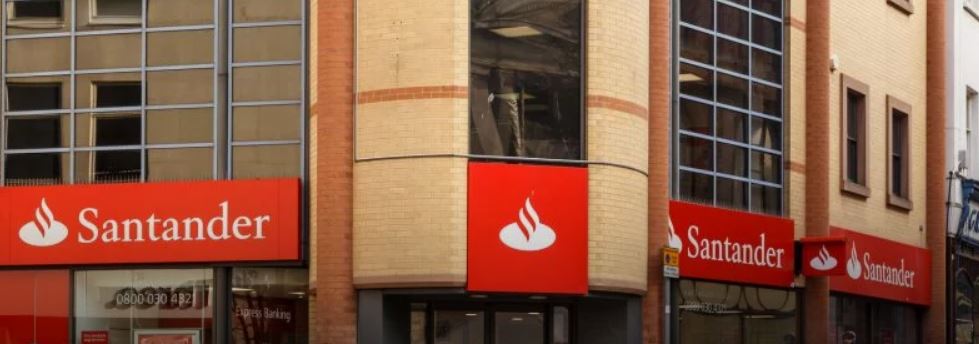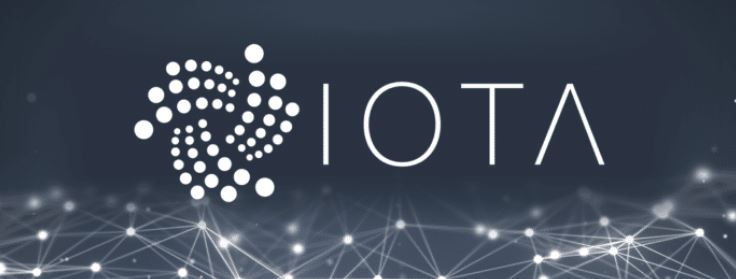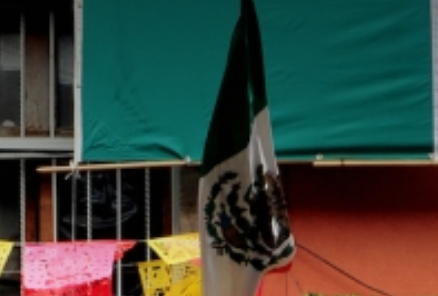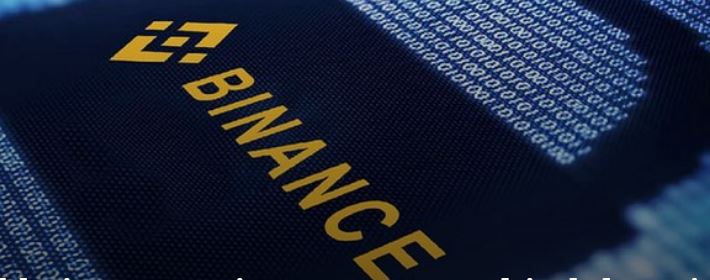Santander to Roll Out Ripple-Powered App in 4 Countries

Ripple has landed its largest client yet, with Santander Bank’s U.K. division announcing a mobile app powered by the company’s distributed ledger on Friday.
The bank had been piloting the app for 18 months with its employees, integrating Apple Pay for payments between £10 and £10,000 ($14 and $14,000), according to Finextra. The app will be rolled out in Spain, Brazil, the U.K. and Poland, according to the company’s 2017 earnings presentation.
Customers will be able to use the app to facilitate same-day cross-border payments in under a minute, according to the slide. The app will also provide a digital wallet, a personal finance manager and help aid person-to-person payments.
Ovidio Cordero, a Santander spokesperson, said “we plan to launch this in the next few months, and we can confirm on the record that we plan to use xCurrent in the project.”
Ripple’s xCurrent product does not use XRP, the company’s native cryptocurrency.
Ripple chief executive Brad Garlinghouse announced the move to his followers on Twitter, noting that the app will be released this quarter.
Here’s A Billion
Separately, Ripple spent about $84 million of XRP from its nearly $1 billion January reserve last month, according to current market prices.
The company had access to 1 billion XRP last month, meaning the remaining 900 million went back into escrow at the end of January. The funds were transferred back through two transactions, with the 900 million XRP holding a value of $756 million at press time.
The company has 61 billion XRP valued at $51 billion locked up in escrow over the next four years through a series of smart contracts.
Ripple’s escrow movement was developed as a way to increase trust in XRP. Due to Ripple’s own holdings, limiting access to the tokens from even the developers prevented massive token dumps which could tank the price.
Each month, 1 billion XRP is released to the company for internal use. While in the past, Ripple used on average some 300 million XRP per month, it appears to be requiring fewer of its reserve tokens, at least according to this one data point.
Santander UK image via Jason Batterham / Shutterstock











Responses